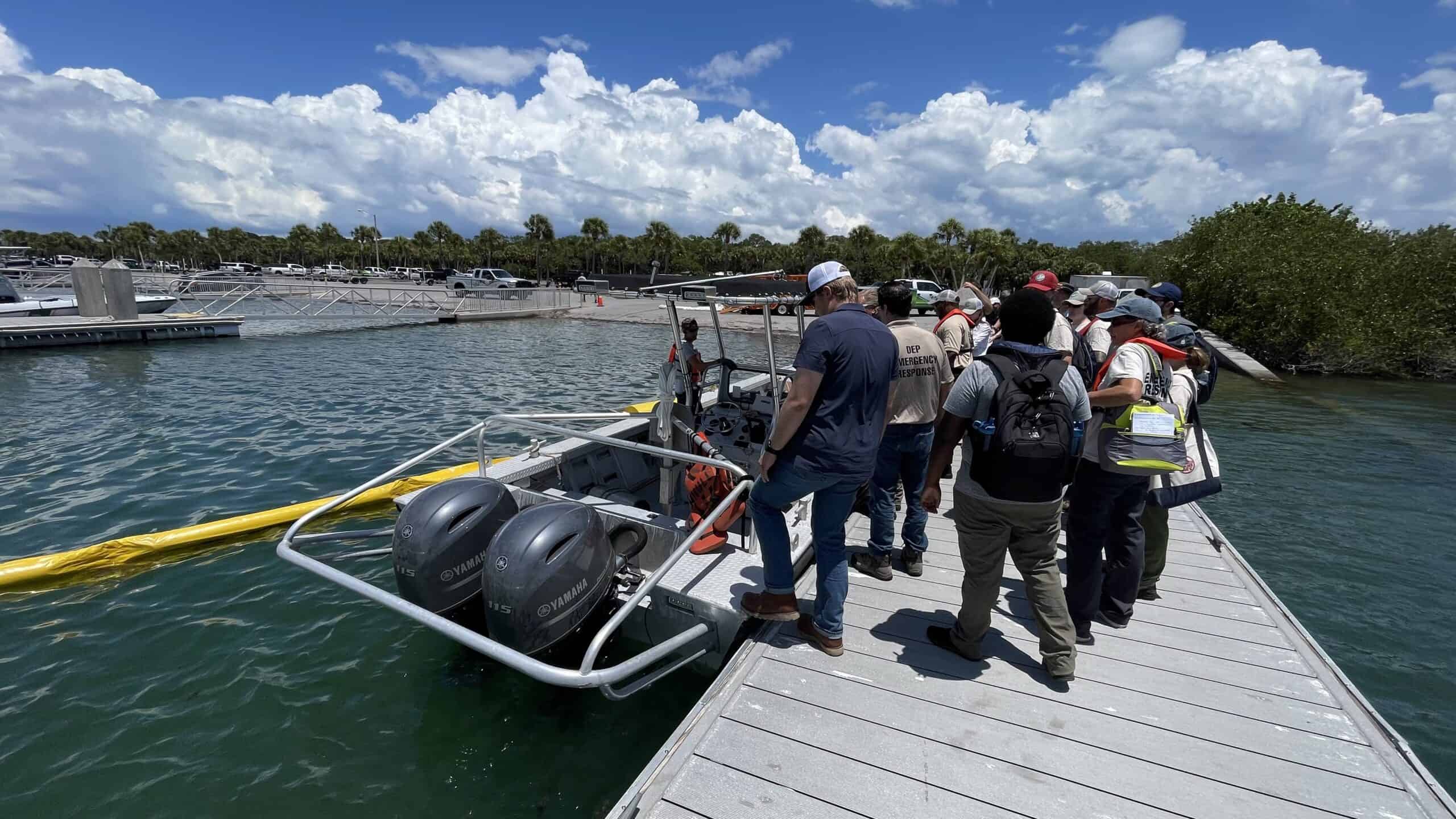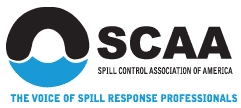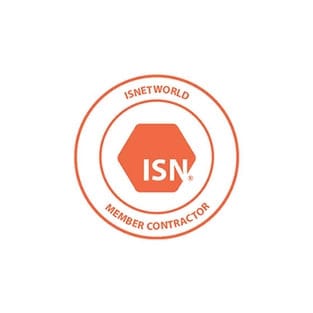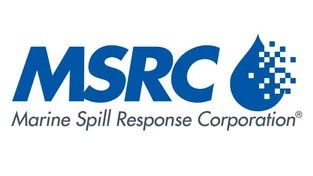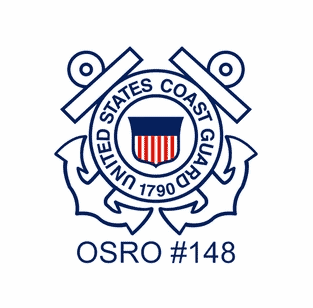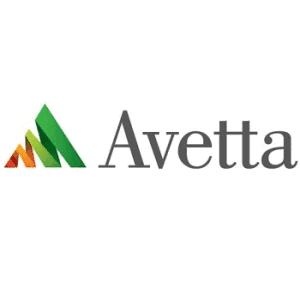Oil spills are a major environmental hazard that can have devastating effects on marine life, the economy, and human health. Therefore, it is essential for businesses to have a comprehensive oil spill readiness plan in place. 
A well-designed oil spill contingency plan should be easy to follow and should provide site-specific procedural details that address various spill scenarios and situations. The primary objectives of spill response plans, regardless of whether a facility is a production, storage, or a transport facility, are to:
- Allow response personnel to prepare for and safely respond to spill incidents
- Ensure an effective and efficient response that highlight and account for geographical challenges
- Identify potential equipment, manpower, and other resources necessary to implement a spill response
- Outline response procedures and techniques for combating the spill at a specific location and it’s conditions
- Improve regulatory compliance efforts
According to the Environmental Protection Agency (EPA), an oil spill contingency plan should be a set of instructions that outlines necessary procedures for before, during, and after an emergency. “A contingency plan looks at all the possibilities of what could go wrong and, “contingent” upon actual events, has the contacts, resource lists, and strategies to assist in the response to the spill.”
Hazard identification, vulnerability analysis, risk assessment, and response actions are the four major elements of a well-designed oil spill containment plan. These hazards should be identified, and oil spill response procedures put in place to counteract challenges caused by each specific situation. It may be possible for certain identified hazards to be mitigated, essentially eliminating the hazard altogether. The oil spill contingency plan should address best possible spill containment measures, how to prevent certain populations or environments from exposure to oil, and what can be done to repair the damage done by the spill.
Having a well-designed oil spill readiness plan is essential for businesses to minimize the impact of oil spills on the environment, economy, and human health. By following the guidelines provided by regulatory agencies, businesses can ensure that they are prepared to respond to oil spills effectively and efficiently.
In addition to having a well-designed oil spill readiness plan, it is also important for businesses to conduct regular training exercises to ensure that their staff is prepared to respond to oil spills effectively and efficiently. Table-top exercises are one such training method that can be used to test the risk of operations and allow for analysis of the incident response.
Table-top exercises are designed to simulate an oil spill scenario in a controlled environment and allow participants to undertake simulated emergency response actions in a low-risk environment. These exercises provide an opportunity to assess response plans and procedures, determine responder and equipment readiness, clarify roles and responsibilities, identify gaps in response capability, build individual and team confidence, measure performance, promote awareness of potential incidents, and prepare for real oil spill events.
Other types of exercises include notification exercises, walk-through guided exercises, equipment deployment exercises, incident management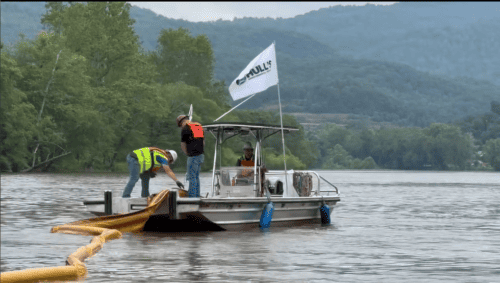 exercises, and full-scale incident management exercises. These exercises are designed to test different aspects of the oil spill readiness plan and help identify areas for improvement.
exercises, and full-scale incident management exercises. These exercises are designed to test different aspects of the oil spill readiness plan and help identify areas for improvement.
In conclusion, conducting regular table-top training exercises is an essential component of a comprehensive oil spill readiness plan. By testing the plan in a controlled environment, businesses can identify gaps in their response capability and areas for future development, and improve their preparedness and response capabilities.
If your organization is interested in learning more about Oil Spill Readiness Plans and Training Exercises, contact Hull’s at 1-866-450-9077.

